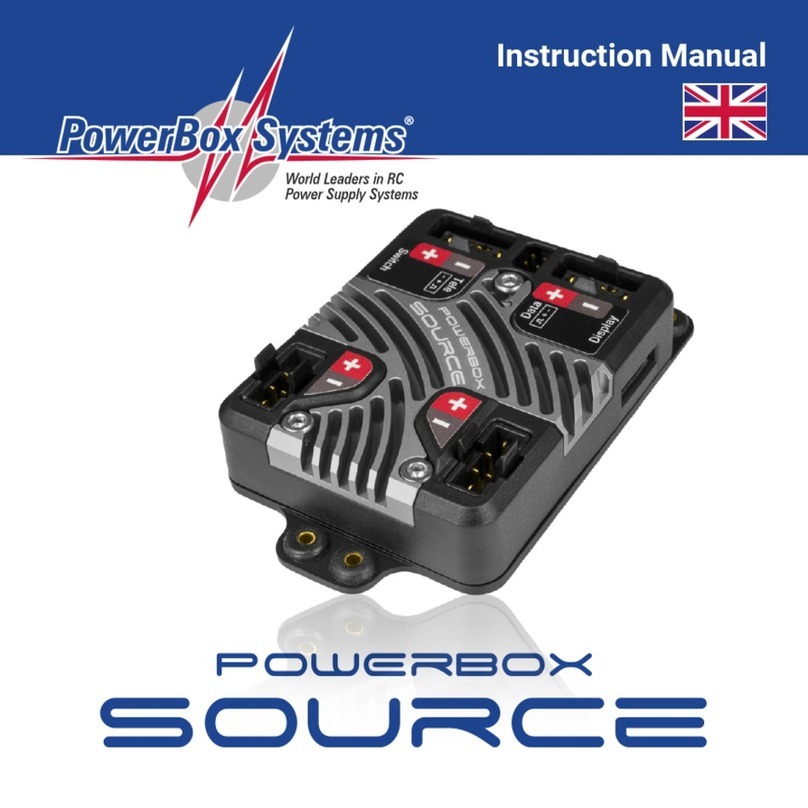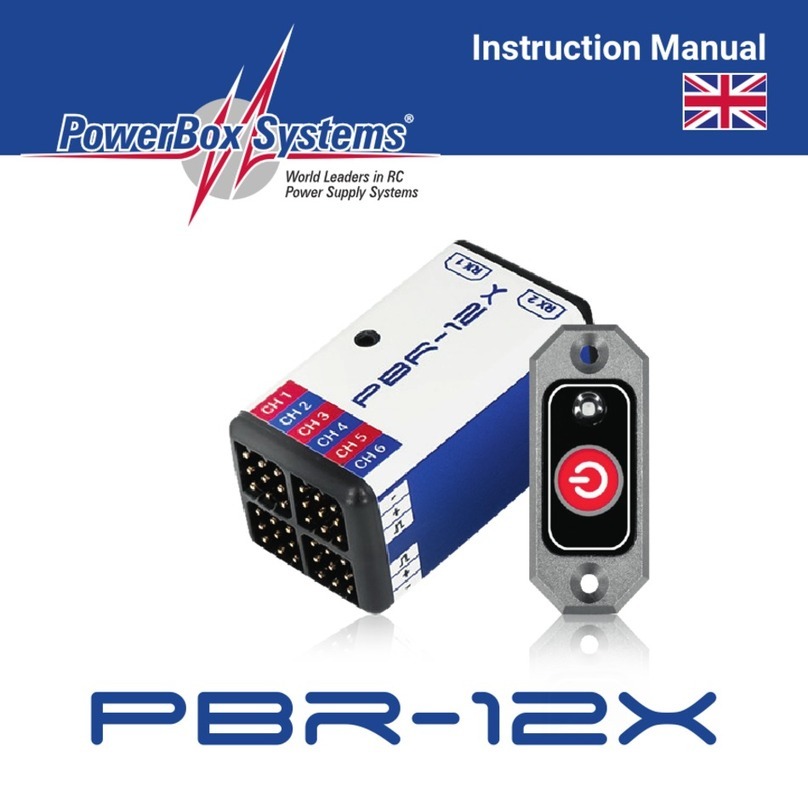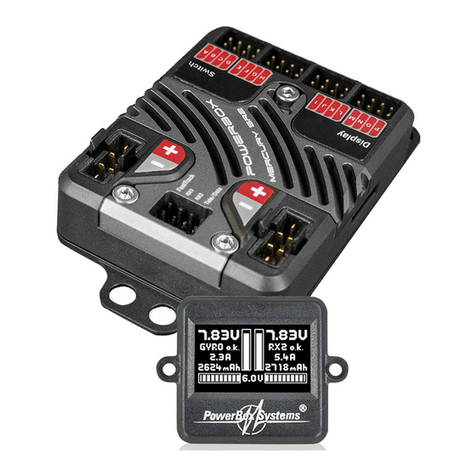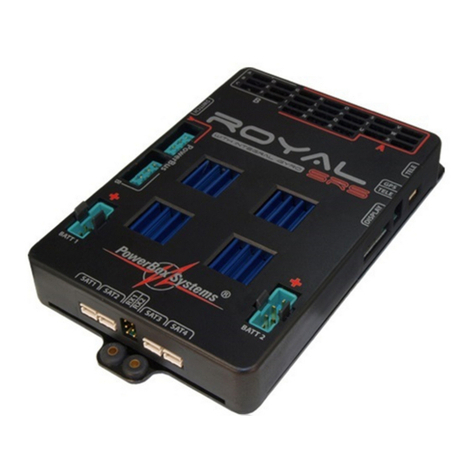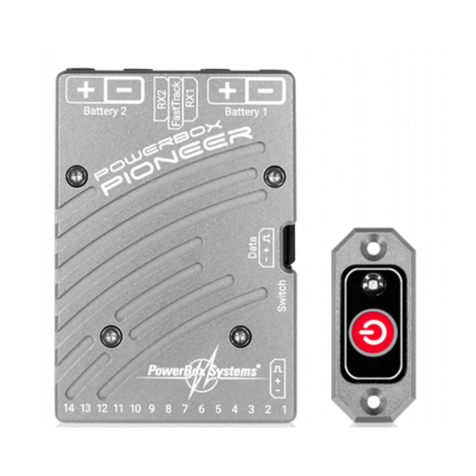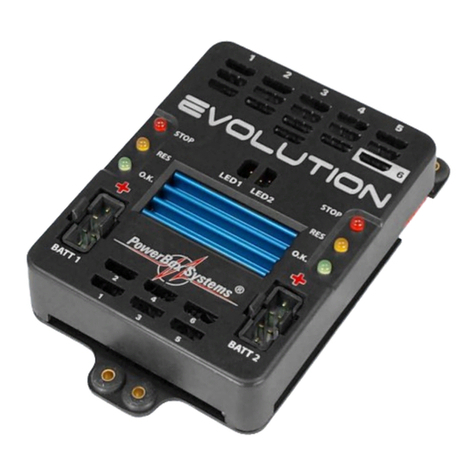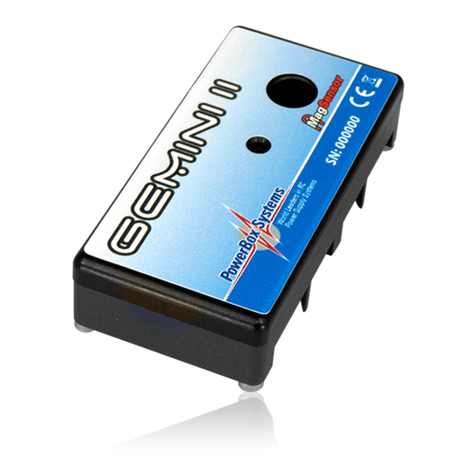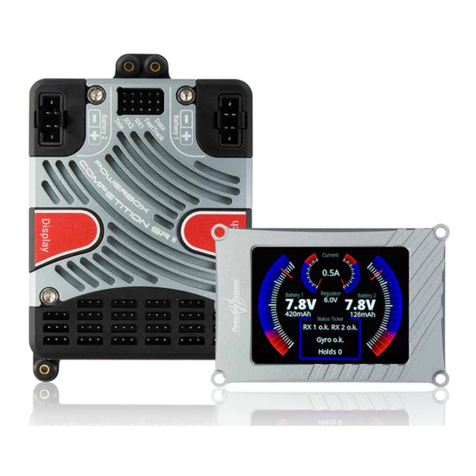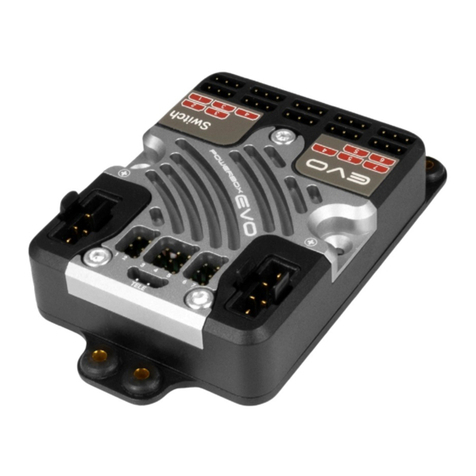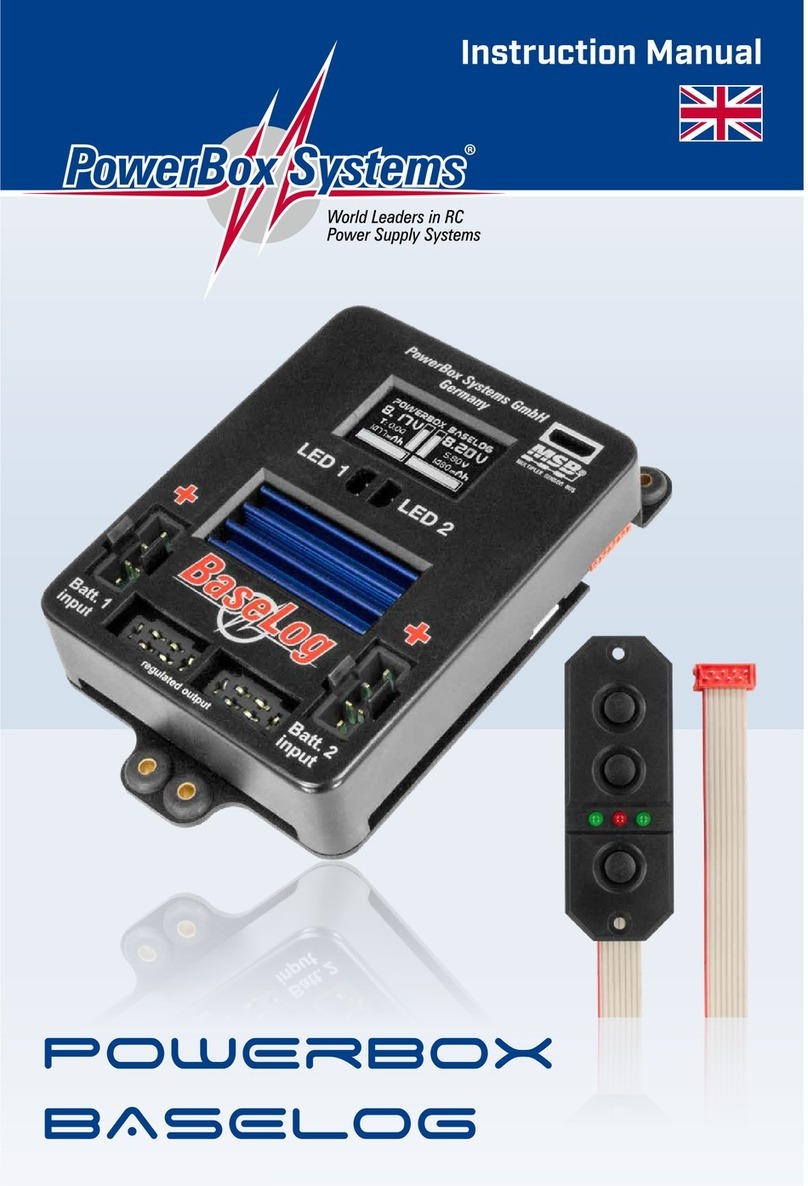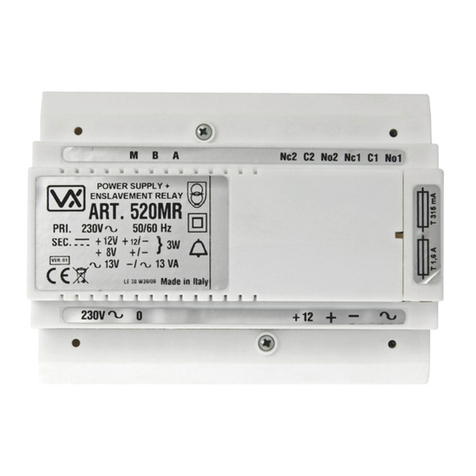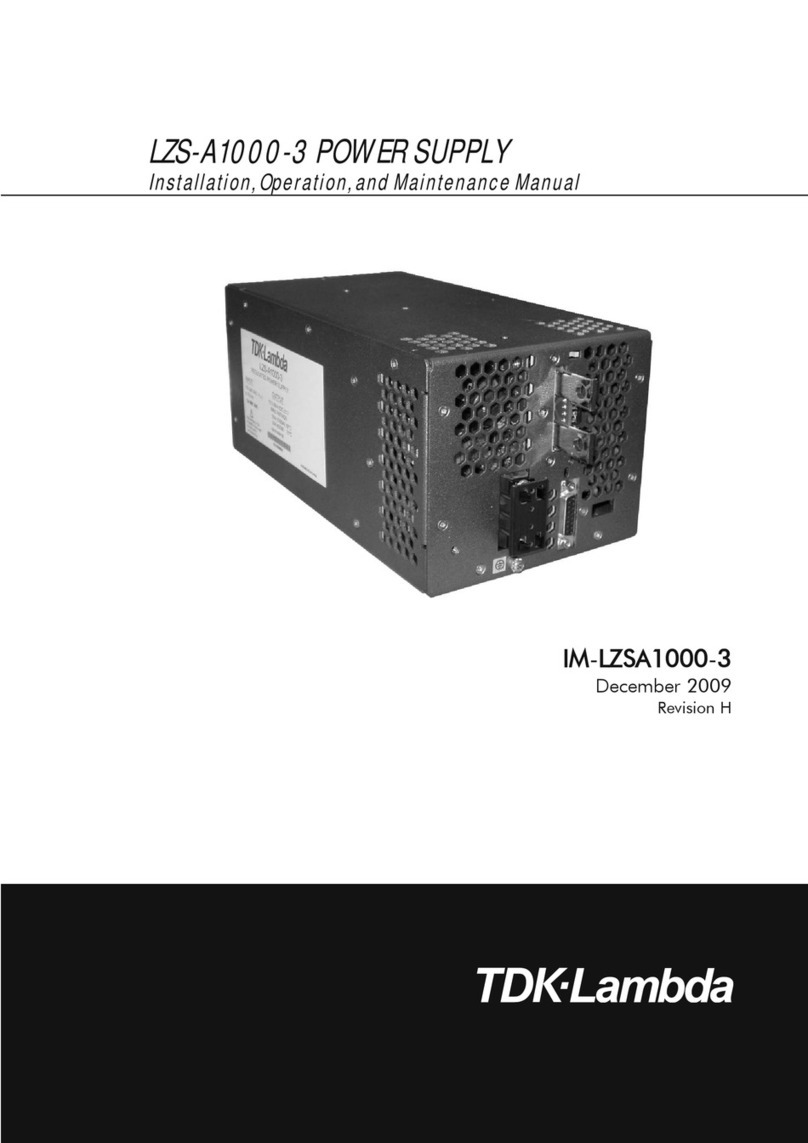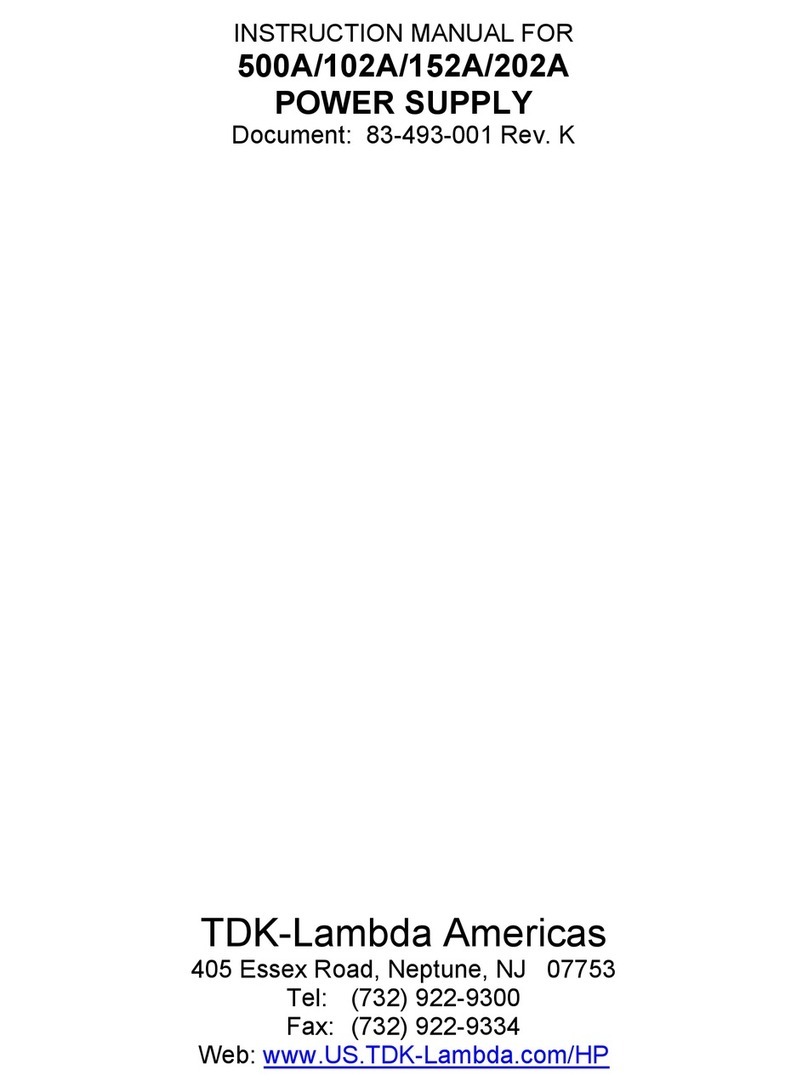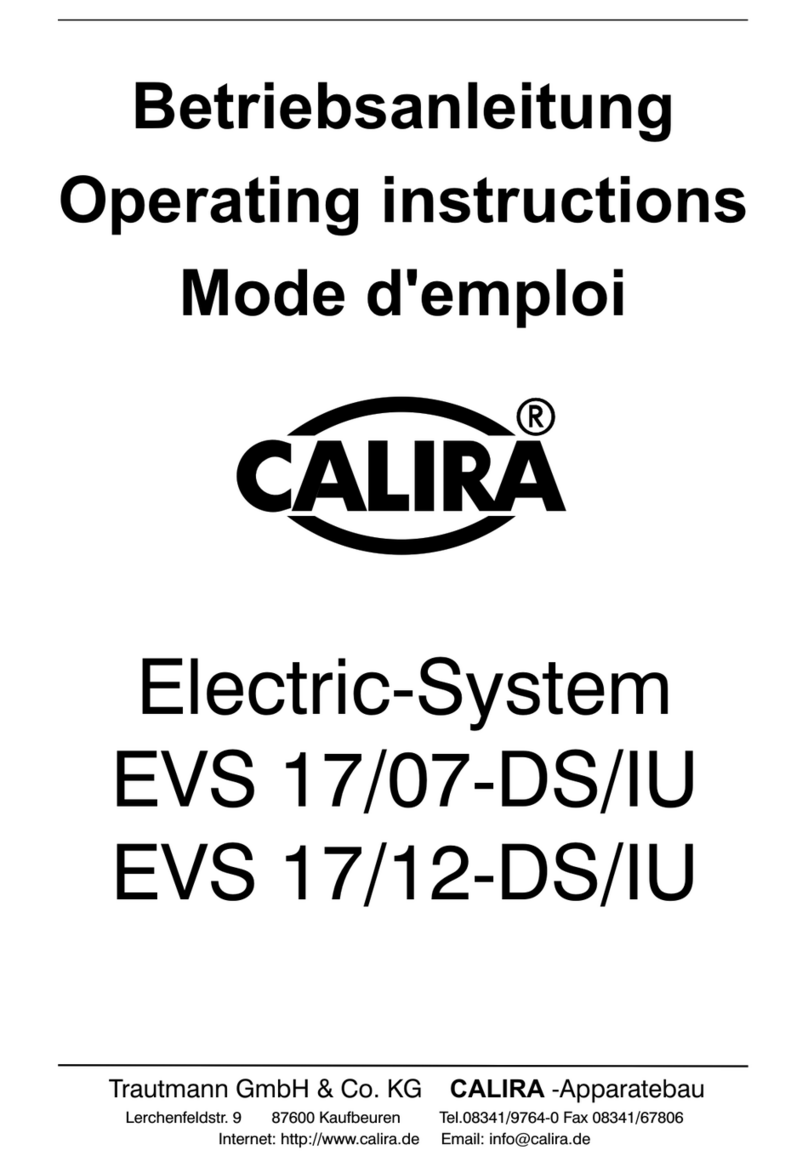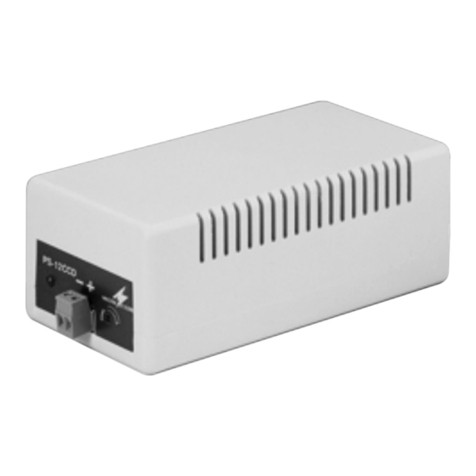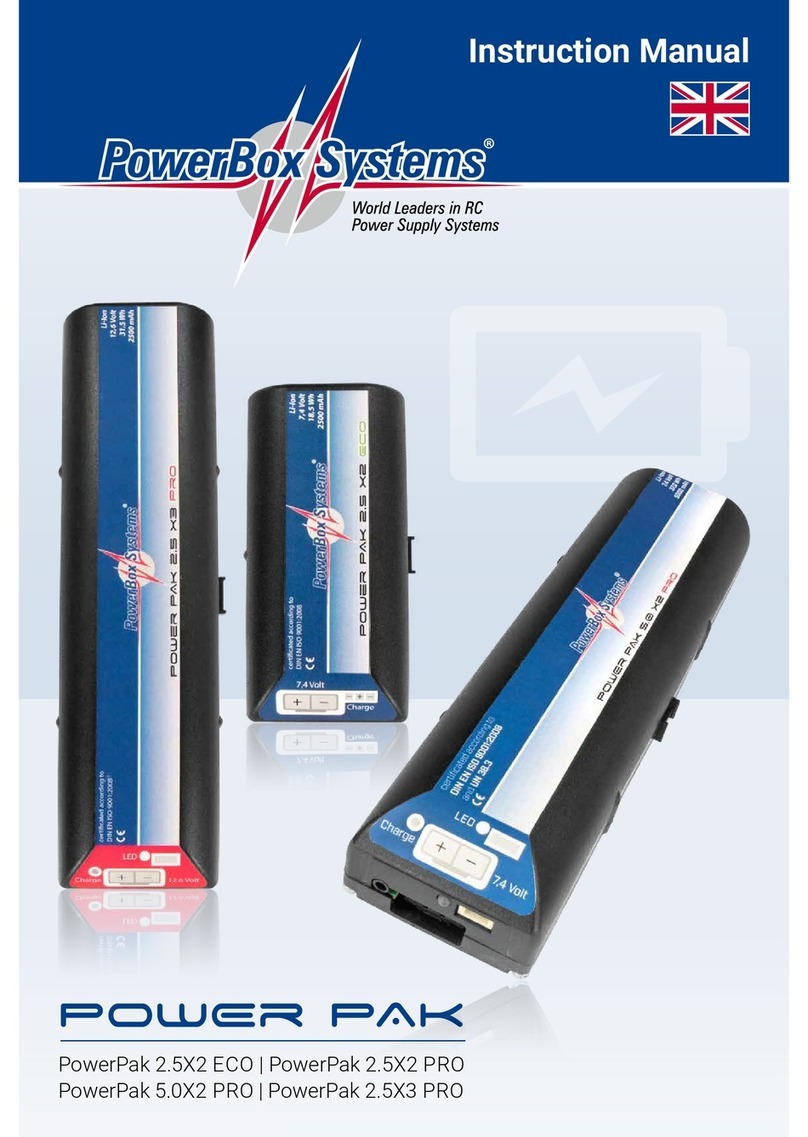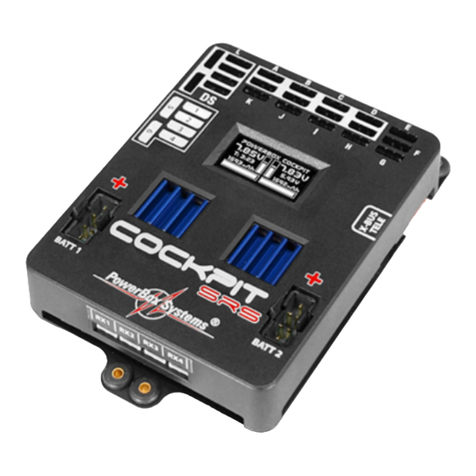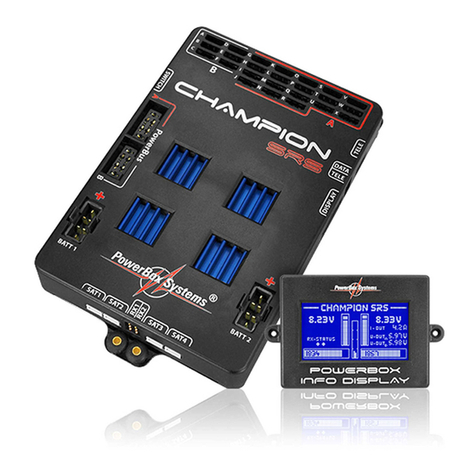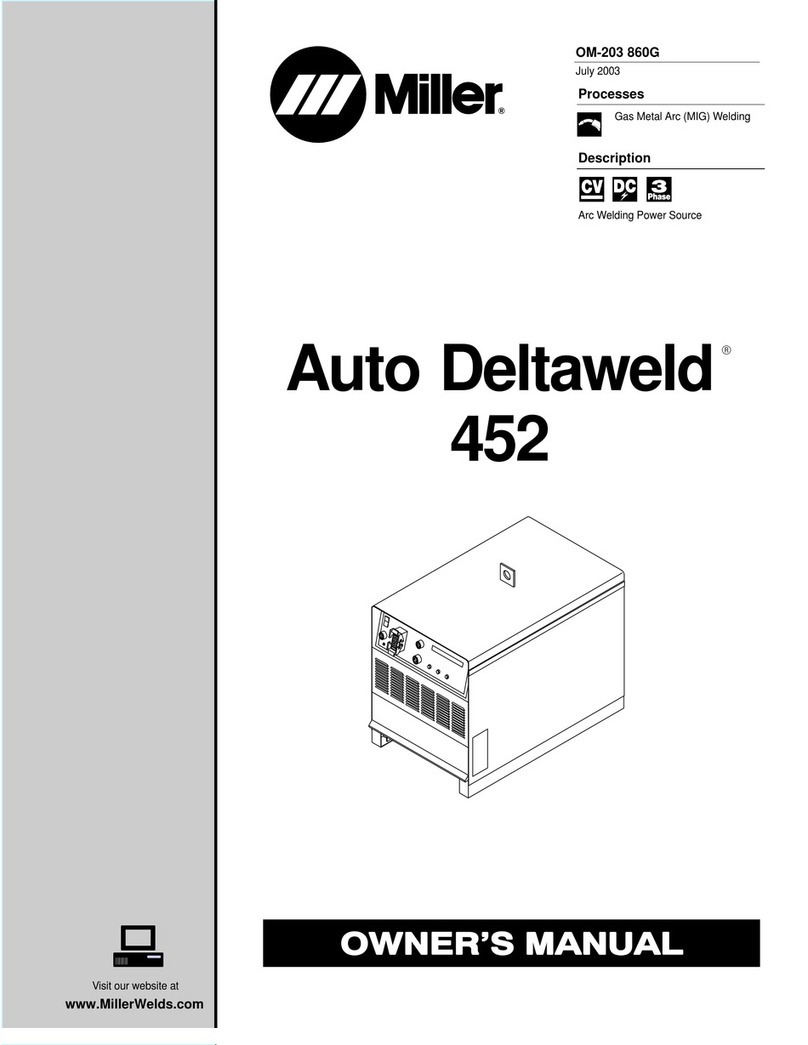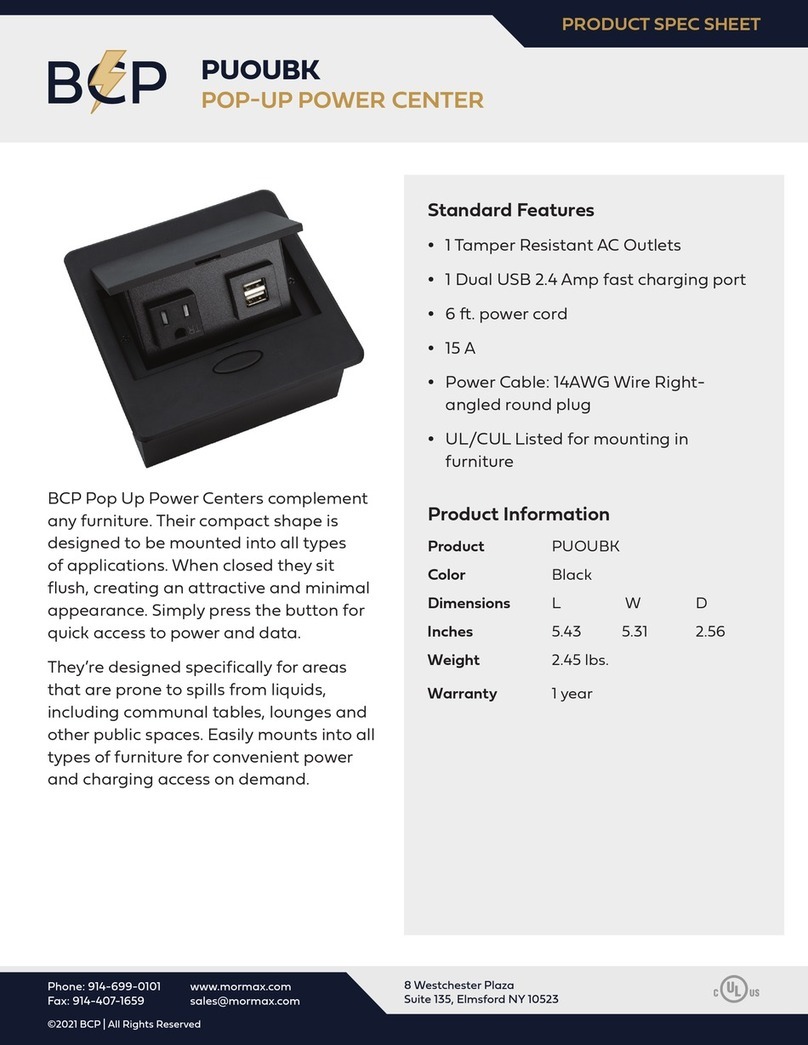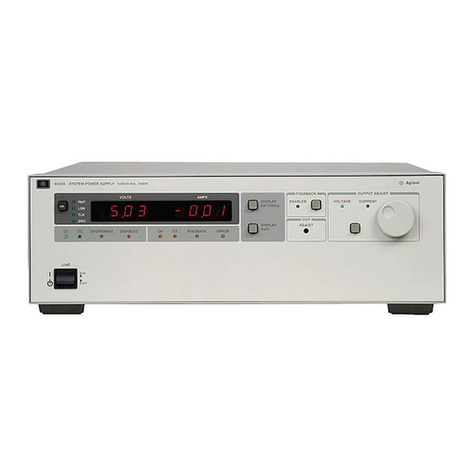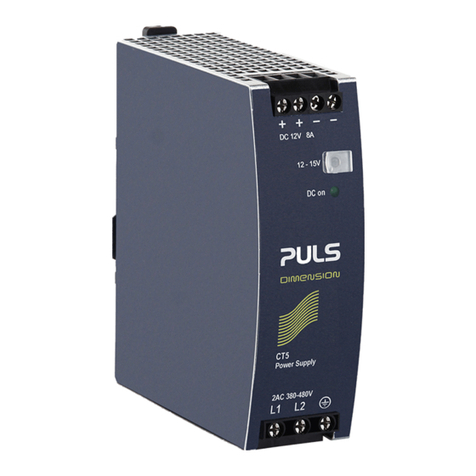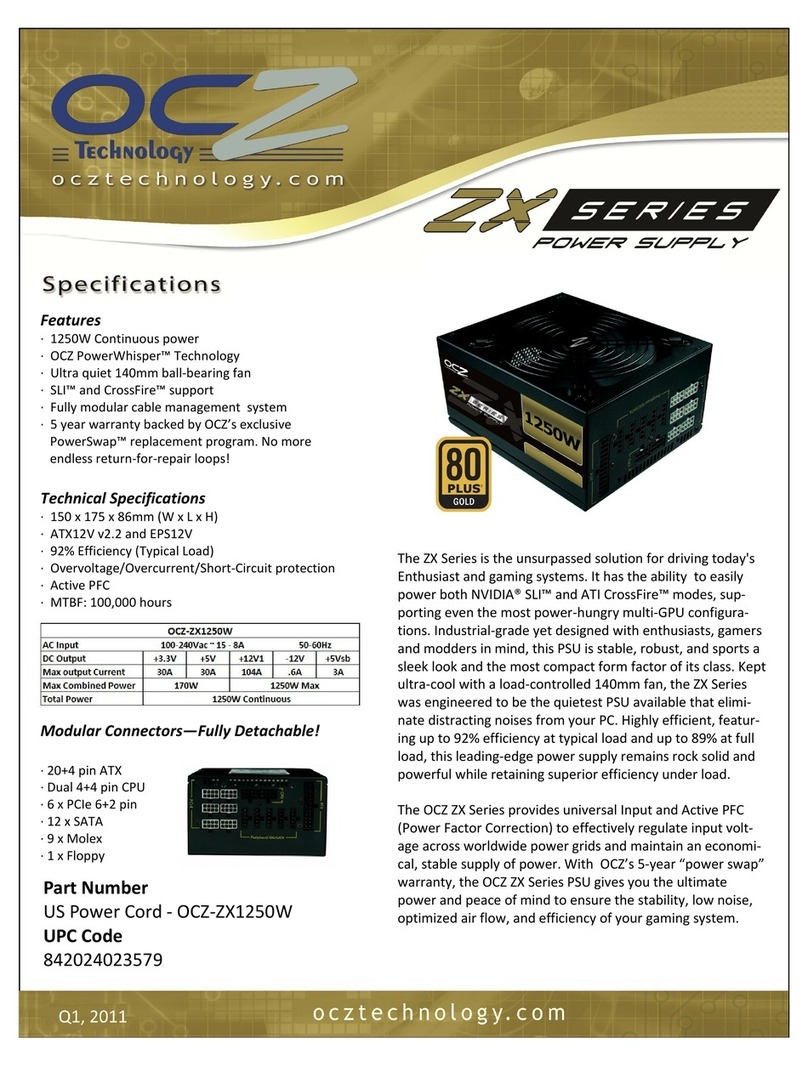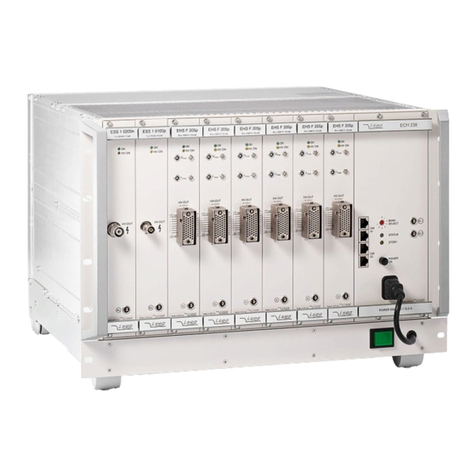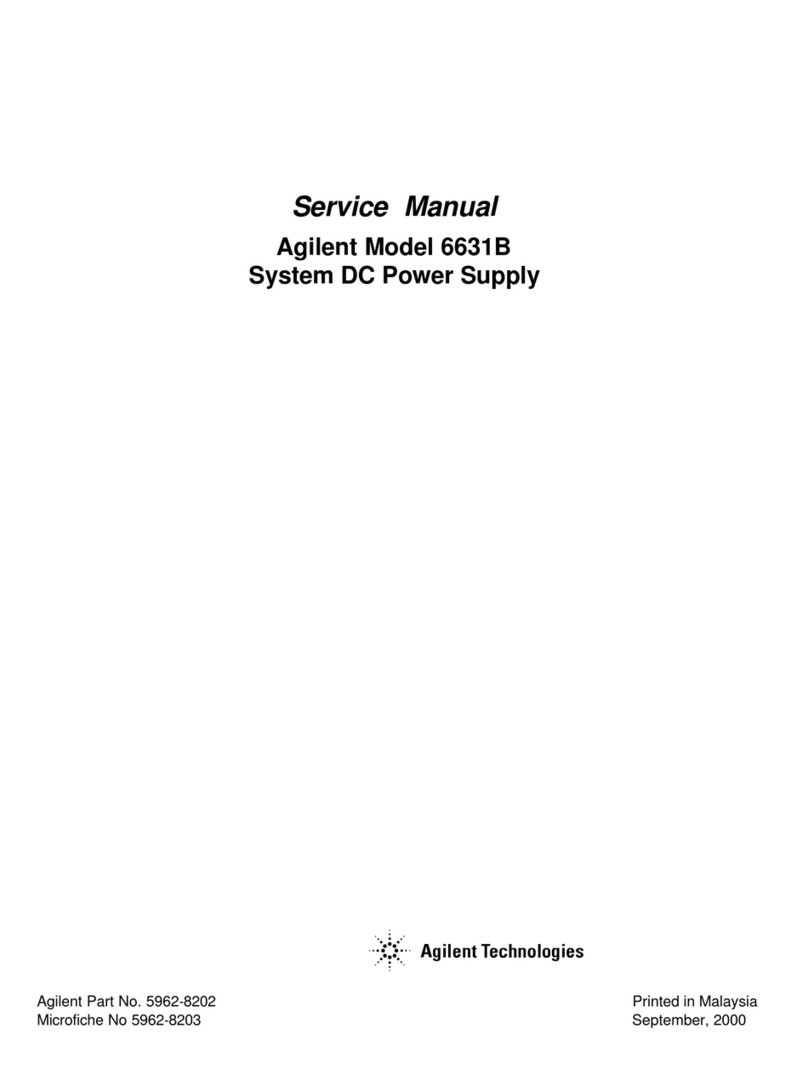-03-
at right-angles to the fuselage centreline. The actual orientation of the
Mercury SRS is unimportant: it can be installed in any location which is at
90° to the direction of flight. The actual installed position is automatically
detected later when the Assistant is invoked.
The switch is mounted on the fuselage side. As is usual, the inside of the
switch opening should be stiffened by adding a hardwood doubler to
prevent serious vibration from reaching the switch; this is particularly
important if the fuselage is made of GRP. In the case of scale models it is
often undesirable to have an exposed switch on the outside, and for such
applications we offer the MagSensor or the Magic Jeti Switch (only Jeti
TX) as alternative methods of switching. Please note, however: the
Sensor Switch is essential for programming the unit, and should always
be accessible.
The OLED screen can be installed in any location where it is clearly
visible. If the standard cable (50 cm) is not long enough, we can supply
extension leads.
1.2. Connections
The first step in operating the PowerBox is to connect two batteries to it;
the two packs should be of the same type and capacity. Connect the
switch, the screen, both receivers (Spektrum system: four satellites) and
the optional GPS II sensor using the patch-leads supplied in the set. The
batteries can be either 2S LiPo, 2S LiIon, 2S LiFePo or 5S NiMH types.
We recommend the use of PowerBox Batteries, which include integral
electronic charge circuitry. If you intend to make up your own battery
packs, please note that correct polarity is vital, as the unit does not include
reverse polarity protection in order to avoid power losses.
Connecting a battery with reversed polarity - no matter how briefly -
will instantly destroy the voltage regulators in the PowerBox.
1.3. Switching on
This is the procedure for switching the PowerBox on: hold the SET button
pressed in, and wait until the orange LED on the switch lights up. Continue
to hold the SET button pressed in while you briefly press buttons I and II;
this completes the switching process. The OLED screen now displays the
following:
